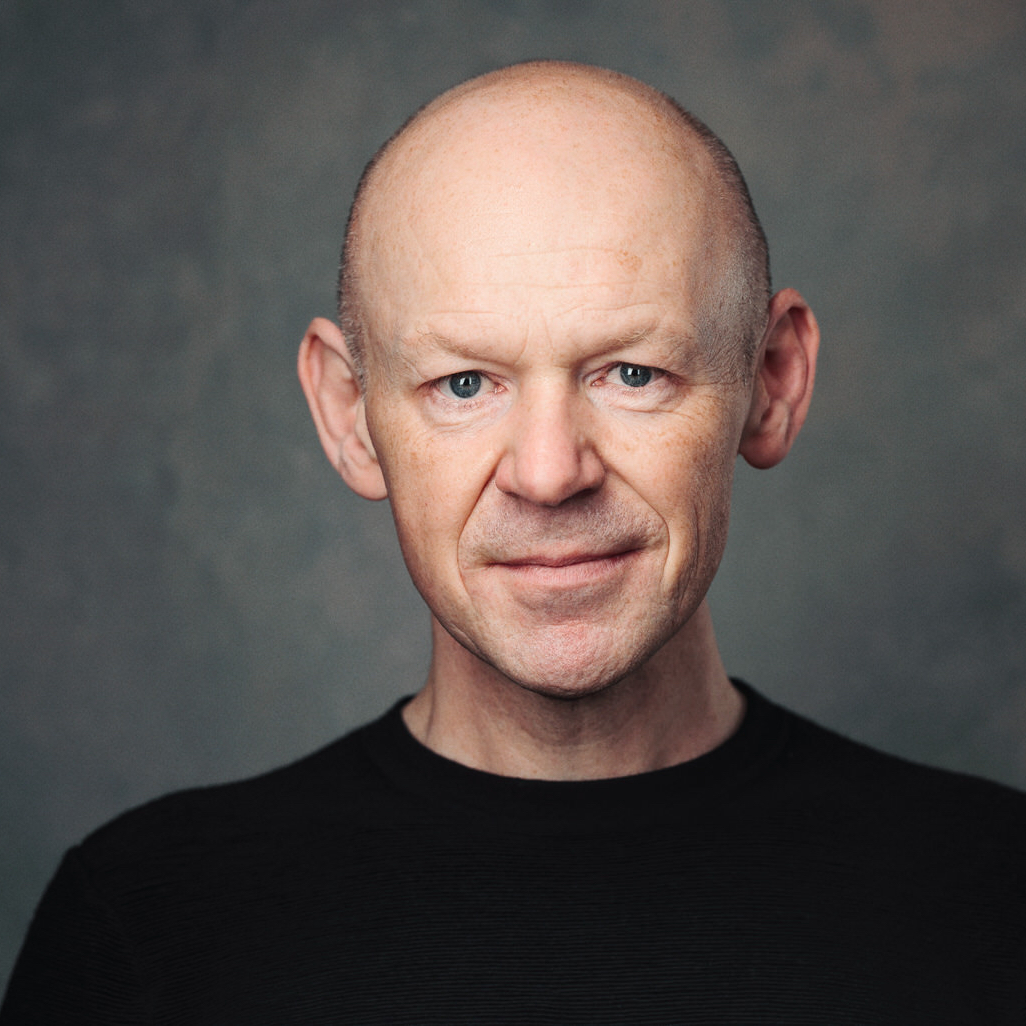
Whether you’re focused on sales funnels or demand waterfalls or customer journeys.
Whether you have three stages or four or five.
The reality of B2B sales (unlike many of our B2C brethren) is that they go through more stages, involve more money and take way, way longer.
So far, so stating the startlingly obvious.
It is only just a tad less obvious to point out that buyers at different stages of the sale need different information in order to move ahead. After all, if a prospect isn’t convinced they have a problem (even if it’s blatantly clear to everyone else that they have), there’s no point shoving a point-product solution down their throat.
Yet, when we look across the content offerings of many B2B companies, they are firmly rooted at the bottom of the sales funnel. There will be brochureware for all the key product lines. There will be case studies that are little more than thinly veiled product pitches. And there’ll be datasheets galore.
The trouble is, of course, that the vast majority of prospects are simply not in the position to gain any value whatsoever from this material. If anything, it’ll simply send them clicking in the opposite direction as fast as their mice can carry them (sending your bounce rates skyrocketing in the process).
The alternative, of course, is to match your B2B content marketing far more closely to the needs of customers. It’s about delivering the right kind of content at each individual stage of the buying cycle. Importantly, however, this is not primarily about format.
All too often we see advice along the lines of: top-of-funnel = ebooks and videos, mid-funnel = analyst reports and cheat sheets, and bottom-of-funnel = ROI calculators and datasheets.
While these formats may be appropriate at these stages, as the song says, it ain’t necessarily so.
It is far better to look at the role content should play at each stage. This will help you move away from viewing your content as a set of reasonably discrete items and begin to see it as part of a process (the marketing part of content marketing).
At Considered Content, we break this down to three key types of content:

WHY content – this is top-of-funnel business-level content, it sets out why a prospect should even begin to think about changing what they’re currently doing. It focuses on the critical issues that may be holding their businesses back. And it looks to inject a level of urgency into fixing these problems.
HOW content – once we’ve got a prospect to think about a specific business issue, to see it as a problem that must be fixed (and soon), we can then help them begin to find out how they can address it. Again, we’re not in the out and out solution sale territory yet. While we’ll begin talking about solutions, how content is more about process than product.
WHAT content – at the bottom of the funnel, the focus is fairly and squarely on accelerating prospects to a state where it’s worth them engaging with sales (see our Premature Leads post for more on this). Here, we’re delivering content that shows prospects what they need to buy.
It’s a simple model (we find the best ones generally are). But it does ensure we create the right kinds of content for the different stages of the buying cycle. And this is fundamental to success.

Jason Ball is the founder and managing director at Considered. With a multi-decade career in B2B marketing, he’s worked with world-leading brands such as Adobe, Google, EY and Cisco together with niche specialists in technology, manufacturing and professional services.